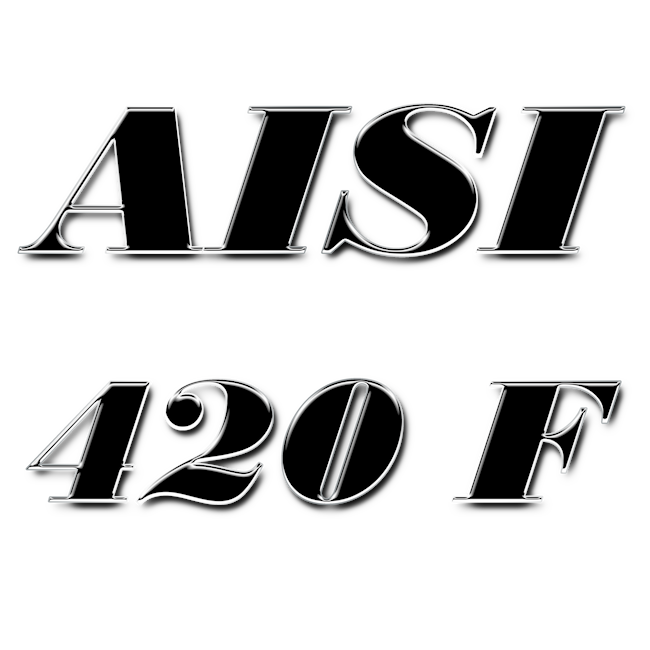AISI 420F | EN 1.4029 | DIN X29CrS13 - is a martensitic alloy. The grade is identical to stainless steel AISI 420, but with the addition of sulfur to significantly improve machinability. This alloy has excellent corrosion properties when quenched and provides good ductility in the annealed condition.
This grade (aisi420f) of metal is used in the same areas as AISI 420, but where complex geometry requires good machining requirements, such as in dental and surgical equipment.
Welding
Not often welded due to its strengthening characteristics. Welding can be done after preheating to 149 °C - 204 °C followed by post-weld quenching at temperature for 2 hours. Use a suitable filler if necessary.
Processing
- Hot working: bring the temperature to 760 °C, then to 1097 °C - 1204 °C, after working, cool the furnace slowly to avoid cracking. Regularly reheat to maintain the working temperature above 870 °C.
- Cold working: AISI 420F can only withstand minor cold work. Radical operations may cause cracking.
- Annealing: at 840 °C - 900 °C, then slowly cool the furnace.
- Quenching: at 149 °C - 204 °C, then air cooled to achieve maximum hardness (Rc 52) and corrosion resistance.
Steel density (specific gravity) AISI 420F | EN 1.4029 | DIN X29CrS13 - 7.75 g/cm3.
Mechanical properties
| Tensile strength MPa | 655 |
| Yield strength MPa | 380 |
| Relative elongation ≥ % | 22 |
| Hardness HB | 220 |
| Modulus of elasticity GPa | 190 - 210 |
Chemical composition of steel grade AISI 420F | EN 1.4029 | DIN X29CrS13 | |||||||
| C | Si | Mn | P | S | Cr | Mo | Fe |
| <0,15 | <1,0 | <1,0 | <0,040 | <0,15 | <13 | <0,6 | Other |
Application
Stainless steel grade AISI 420F (aisi420f) and its analogues EN 1.4029 and DIN X29CrS13 can be used in the following products:
- Cutlery;
- Pump shafts;
- Dental and surgical instruments;
- Gears;
- Steel balls;
- Hand tools.
